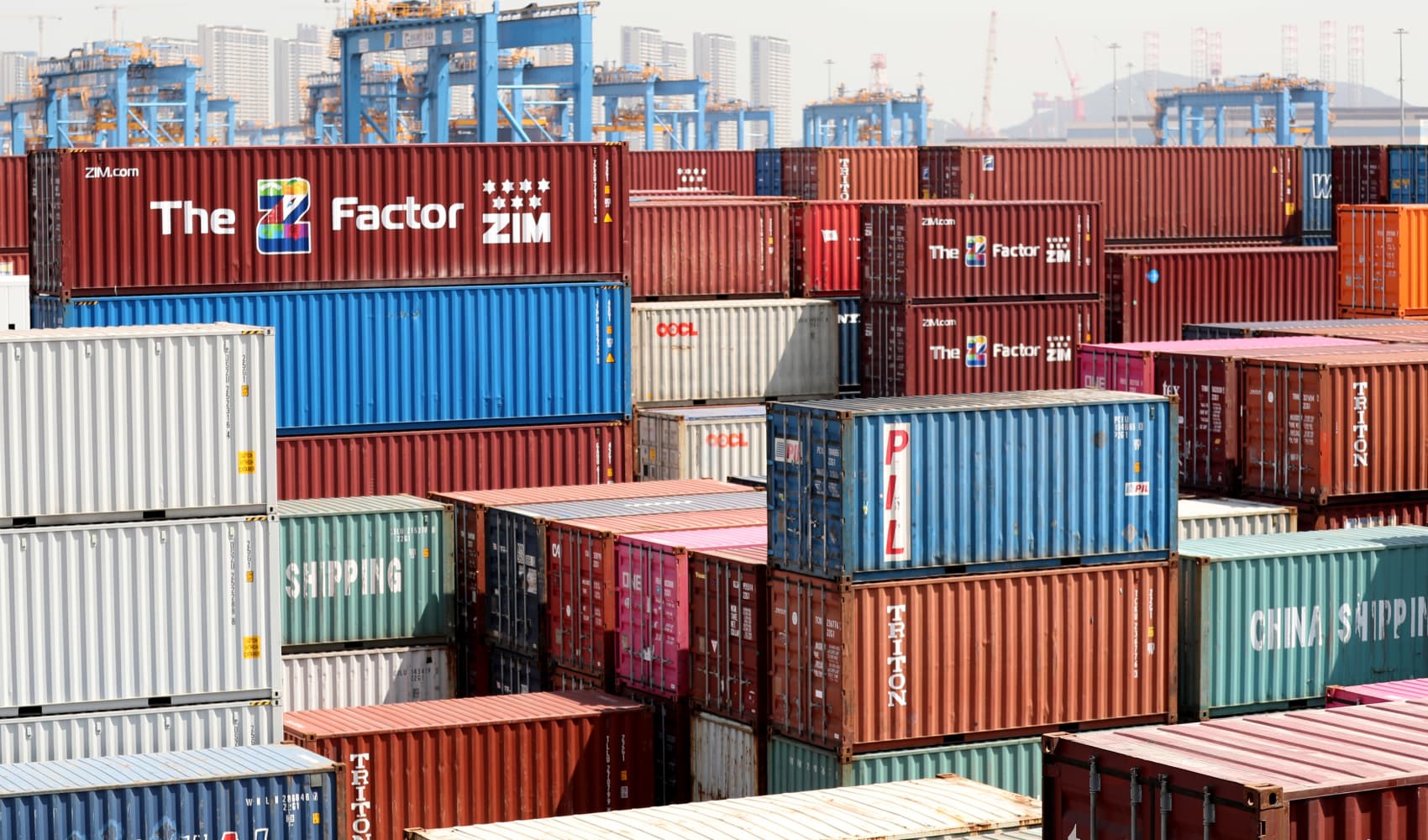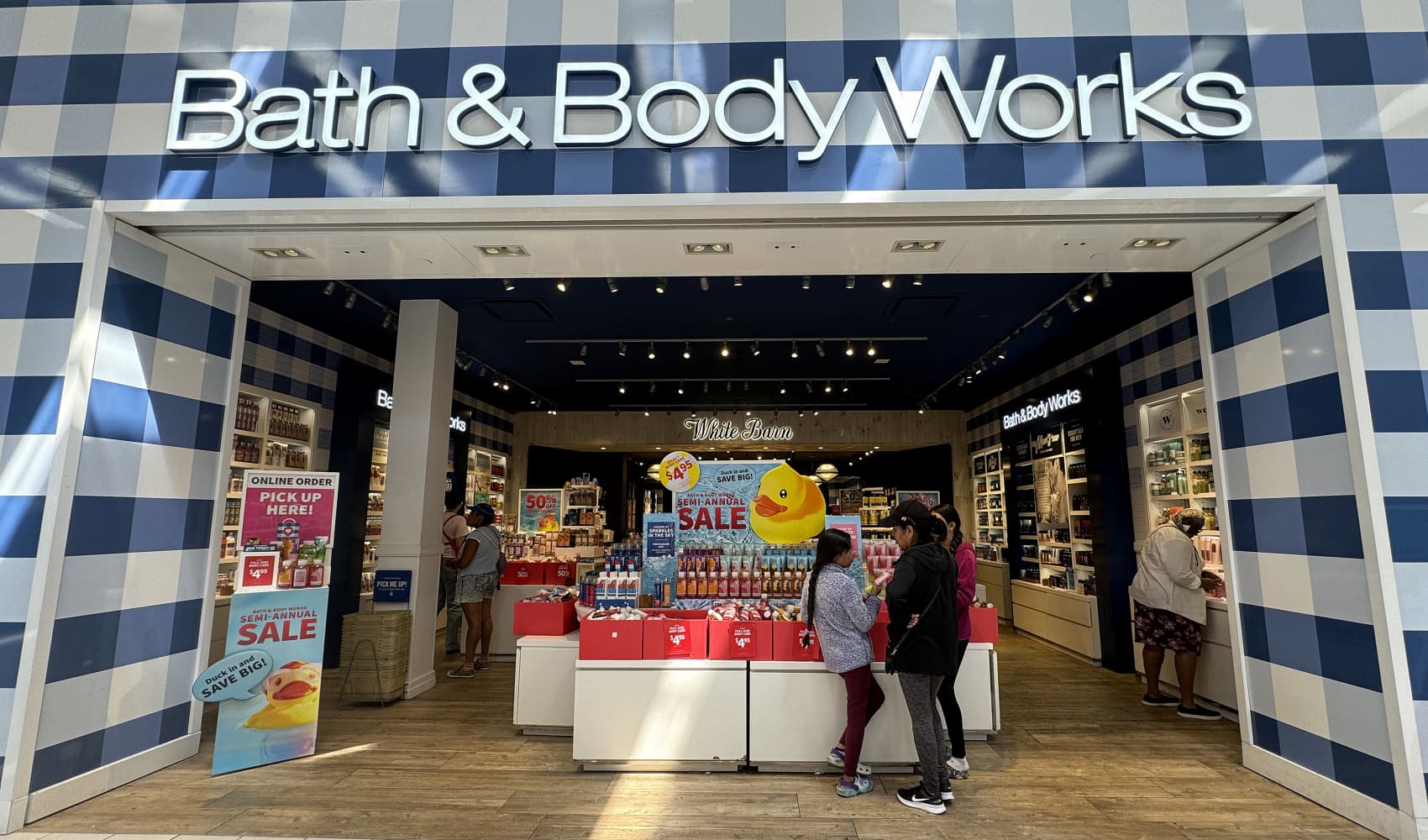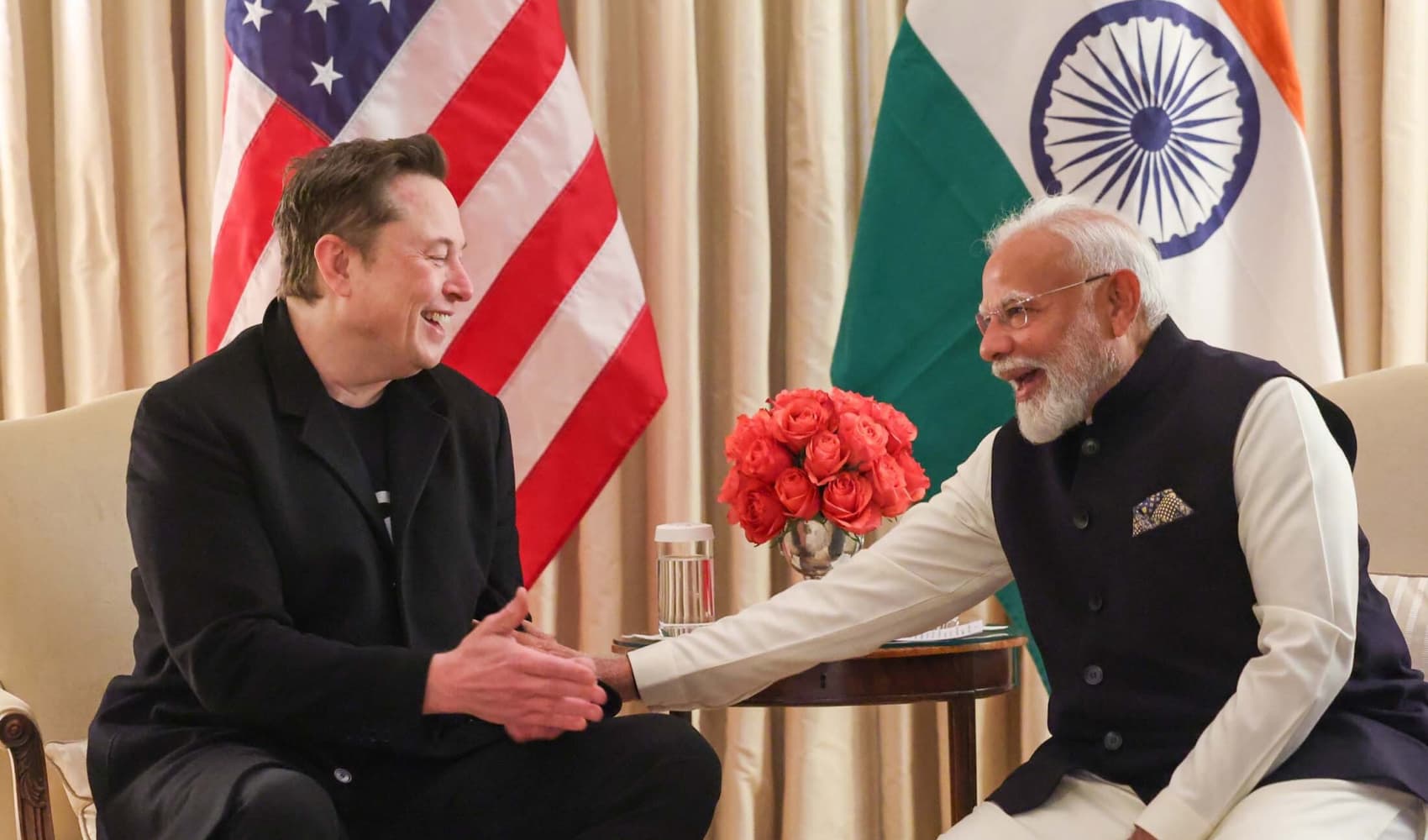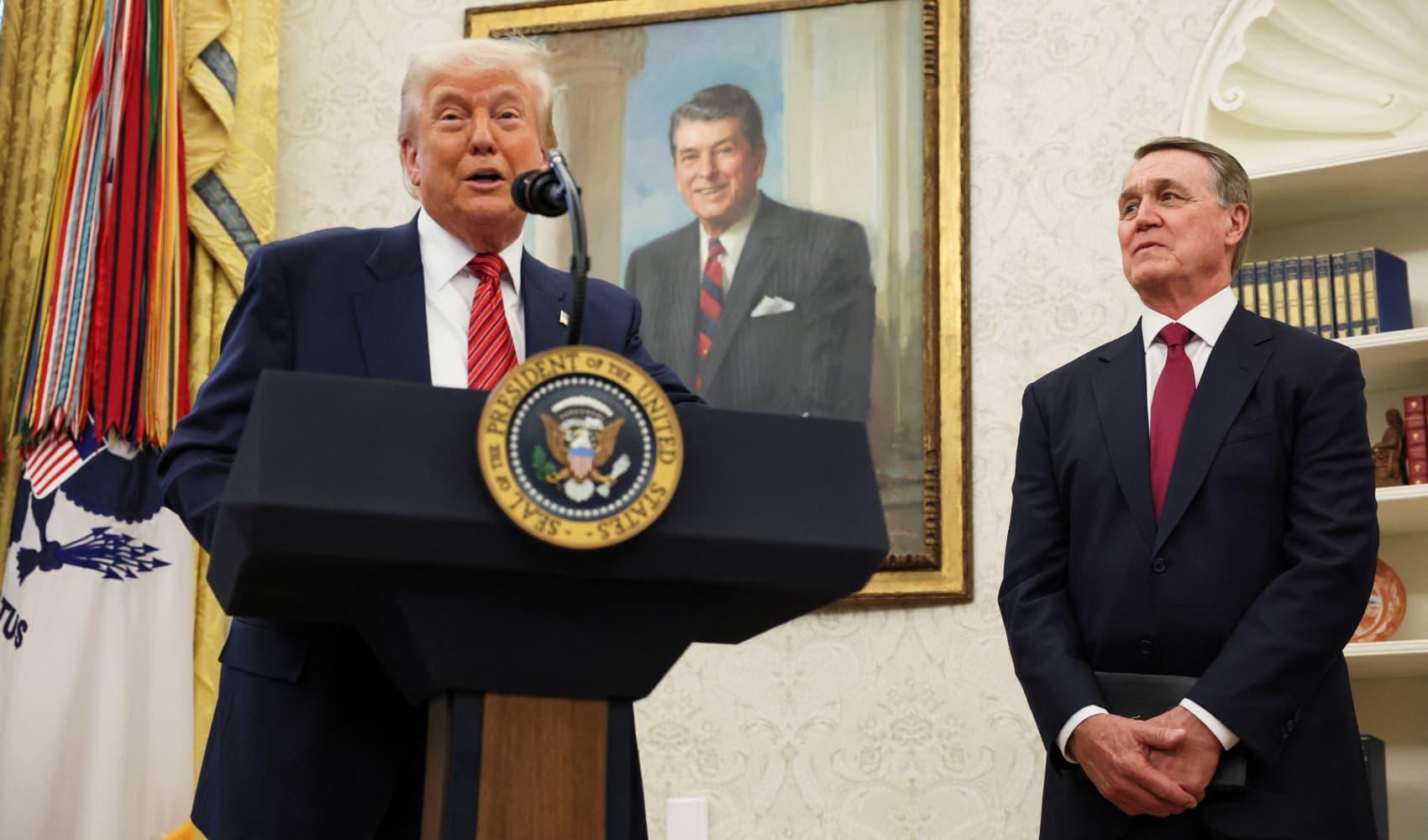Trump Tariffs: How FTZs Became a Must-Have Strategy
Dodging Duties: How Trump Tariffs Fuelled a Foreign Trade Zone Boom
Introduction: A Loophole or a Lifeline?
Remember the trade wars of the late 2010s? Tariffs flying left and right, impacting businesses big and small? Well, amidst all the economic turbulence, a somewhat obscure solution started gaining serious traction: foreign trade zones (FTZs). But what exactly are these zones, and how did the policies of President Trump lead to their surge in popularity? Think of them as economic safe harbors, where businesses can temporarily park their imported goods without immediately paying those hefty tariffs. It's a story of businesses adapting, innovating, and seeking every possible edge in a challenging global landscape.
What are Foreign Trade Zones (FTZs)?
Let's break it down. FTZs, and their close cousins, bonded warehouses, are essentially special, secured locations within the U.S. that are designated by U.S. Customs and Border Protection (CBP). These aren't just any old warehouses; they're legally considered outside of U.S. customs territory. What does that mean? It means:
- No duties or excise taxes are immediately applied to goods stored within the zone. Think of it as a temporary tariff time-out.
- Goods can be stored, manipulated (like repackaging or assembly), manufactured, and even destroyed within the zone.
- Duties are only paid when and if the goods leave the FTZ and enter the U.S. market for consumption.
So, it's like a holding pattern for your imports, allowing you to strategize and manage your tax burden.
The Trump Tariff Effect: A Perfect Storm
The implementation of tariffs on goods from countries like China created a massive incentive for businesses to find ways to mitigate these costs. The Trump administration's tariffs were a catalyst, accelerating the existing trend of companies seeking FTZ status. It was a classic case of supply and demand – demand for tariff relief increased dramatically, and FTZs offered a viable supply.
The Pre-Trump FTZ Landscape
Before the tariff wars, FTZs were already a valuable tool for certain industries, particularly manufacturing and those dealing with high-value goods. But their adoption was more strategic and less driven by urgent necessity.
The Post-Election Surge
Interestingly, many companies began exploring FTZ options even before the tariffs fully hit. More companies started looking to FTZs between the presidential election and start of Trump’s new trade war, and membership has surged to an all-time high. The anticipation of policy changes was enough to spur action.
Who Benefits from FTZs?
The beauty of FTZs is that they can benefit a wide range of businesses, both large and small. Consider these scenarios:
Manufacturers
Manufacturers can import components duty-free, assemble their products within the FTZ, and then only pay duties on the finished goods when they're ready to be sold in the U.S. market. This can significantly reduce their overall costs, especially if the finished product has a lower tariff rate than the individual components.
Distributors
Distributors can store imported goods in an FTZ and delay paying duties until they actually need to move the products to their customers. This can improve cash flow and reduce inventory holding costs.
Retailers
Retailers can use FTZs to manage their inventory more efficiently and avoid paying duties on goods that are ultimately exported to other countries.
FTZs vs. Bonded Warehouses: What's the Difference?
While often mentioned together, there are key differences between FTZs and bonded warehouses:
FTZs: More Flexibility
FTZs offer more flexibility in terms of the types of activities that can be performed within the zone, including manufacturing, assembly, and processing. They allow for deeper manipulation and value-added activities.
Bonded Warehouses: Primarily Storage
Bonded warehouses are primarily used for storage and are subject to stricter regulations regarding the types of activities that can be performed within the warehouse. They are mainly for just holding goods.
Duration
While both allow for duty deferral, FTZs generally have longer permissible storage periods compared to some types of bonded warehouses.
The Strategic Advantages of Using FTZs
Beyond simply avoiding or deferring tariffs, FTZs offer a number of strategic advantages:
Cash Flow Management
Deferring duty payments can significantly improve a company's cash flow, allowing them to invest in other areas of their business.
Reduced Inventory Costs
By storing goods in an FTZ, companies can reduce their inventory holding costs and avoid paying duties on goods that are ultimately exported.
Supply Chain Optimization
FTZs can be used to optimize supply chains by allowing companies to consolidate shipments, perform value-added activities, and manage inventory more efficiently.
Duty Drawback Opportunities
In some cases, companies can claim duty drawback on goods that are exported after being processed in an FTZ.
Potential Drawbacks and Considerations
While FTZs offer many benefits, there are also some potential drawbacks and considerations to keep in mind:
Compliance Requirements
Operating an FTZ requires strict compliance with CBP regulations, which can be complex and time-consuming.
Security Costs
FTZs must maintain a high level of security, which can add to their operating costs.
Location Limitations
FTZs are not available in all locations, so companies may need to locate their operations near an existing FTZ.
Navigating the Application Process
Applying for FTZ status can be a complex process. You'll need to:
Identify a Suitable Location
Determine if there's an existing FTZ near your operations or if you need to apply to create a new one.
Prepare a Detailed Application
The application process requires providing detailed information about your business, operations, and the goods you plan to store in the FTZ.
Work with CBP
You'll need to work closely with CBP to ensure that your application meets all the requirements.
The Future of FTZs in a Post-Tariff World
Even with potential shifts in trade policy, the benefits of FTZs are likely to remain relevant. The fundamental advantages of duty deferral, supply chain optimization, and improved cash flow will continue to make them an attractive option for many businesses. Plus, businesses investing in FTZs have made long-term investments; they're not going anywhere soon!
Expert Insights: What the Professionals Say
Consulting with experts in customs law and supply chain management is crucial when considering FTZ options. Their expertise can help you navigate the complexities of the application process and ensure compliance with all regulations.
Success Stories: Companies Thriving with FTZs
Numerous companies have successfully leveraged FTZs to improve their competitiveness and reduce their costs. From automotive manufacturers to electronics distributors, the benefits are clear. Imagine a small business suddenly able to compete with larger corporations because of the tariff savings!
How to Determine if an FTZ is Right for Your Business
The key questions to ask yourself are:
What are your import volumes?
If you import a significant volume of goods, the potential savings from duty deferral can be substantial.
What is your supply chain complexity?
If you have a complex supply chain involving multiple countries and processes, an FTZ can help you streamline your operations.
What are your cash flow needs?
If you need to improve your cash flow, deferring duty payments can be a valuable tool.
Beyond Tariffs: The Enduring Value of FTZs
While the Trump tariffs certainly accelerated their growth, the value of FTZs extends far beyond tariff avoidance. They offer a strategic advantage that can help companies improve their competitiveness, optimize their supply chains, and reduce their costs in the long run.
Conclusion: A Strategic Tool for a Globalized World
In conclusion, the surge in companies parking imports in tax-free foreign trade zones in response to the Trump tariffs highlights the adaptability of businesses and the enduring value of these specialized zones. FTZs offer a strategic advantage, not just for dodging duties, but for optimizing supply chains and improving cash flow. While tariffs may fluctuate, the benefits of FTZs are likely to remain a key tool for businesses operating in a globalized world.
Frequently Asked Questions
- What happens if I destroy goods within the FTZ? You don't pay duty on those destroyed goods, as they never entered the U.S. market for consumption. This can be a huge benefit for companies dealing with perishable or obsolete items.
- Are there any size restrictions for businesses using FTZs? No, both large and small businesses can benefit from using FTZs. The key is whether the volume and nature of your imports justify the compliance and operational costs.
- Can I export goods from an FTZ to another country? Yes, goods can be exported from an FTZ without being subject to U.S. duties. This makes FTZs attractive for companies that use the U.S. as a distribution hub.
- How long can I keep goods in an FTZ? There is generally no limit on how long goods can be stored in an FTZ, provided you comply with all CBP regulations. This allows for strategic inventory management and deferral of duties until the goods are needed in the U.S. market.
- What kind of security is required for an FTZ? FTZs must maintain a high level of security, including physical security measures like fencing, surveillance systems, and access controls, as well as robust inventory management systems to prevent theft or diversion. CBP conducts regular audits to ensure compliance.




